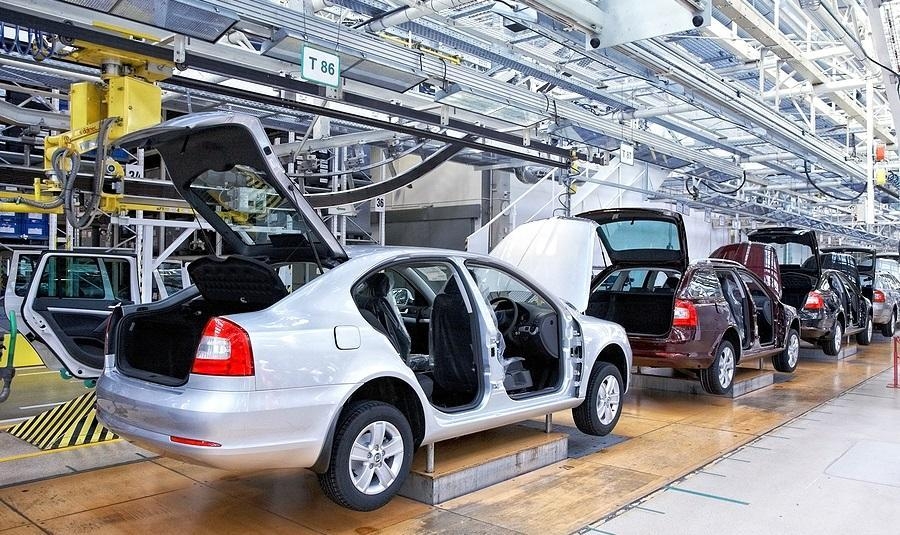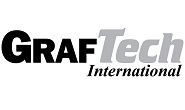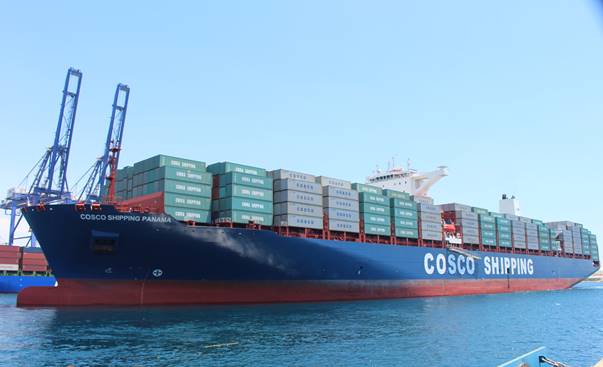Steel Markets

Trump Proposes Easing Vehicle Emissions Standards
Written by Tim Triplett
August 12, 2018
What would ultimately be best for the environment: strict fuel efficiency standards that will dramatically reduce the tailpipe emissions from new vehicles or more achievable standards that will add less cost to each vehicle and allow more drivers to upgrade and get older gas guzzlers off the road?
Over the strong objections of environmental groups and with tepid support from the auto industry, the Trump administration is proposing to lower the target for automotive emissions. Last week, the EPA and National Highway Traffic Safety Administration released a notice of proposed rulemaking that would freeze vehicle emissions standards at 2020 levels through 2026.
The Obama-era rules enacted in 2012 call for automakers to achieve a Corporate Average Fuel Economy of more than 50 miles per gallon by 2025. The administration’s current proposal would cap the increases at 2020 levels of about 43.7 mpg under the complicated CAFE formula. Trump’s proposal, which is subject to a 60-day public comment period, would significantly lower the longer-term requirements through 2026 to a real-world average of around 37 mpg.
Under Trump’s new 50-state fuel economy and tailpipe carbon dioxide emissions standard for passenger cars and light trucks, the state of California would no longer be able to take the lead in setting environmental standards, which are often emulated by other states and effectively set the mark for automakers.
The administration claims that keeping in place the standards finalized in 2012 would add $2,340 to the average cost of each vehicle, putting a new car out of reach for many American families. “We are delivering on President Trump’s promise to the American public that his administration would address and fix the current fuel economy and greenhouse gas emissions standards,” said EPA Acting Administrator Andrew Wheeler. “Our proposal aims to strike the right regulatory balance based on the most recent information and create a 50-state solution that will enable more Americans to afford newer, safer vehicles that pollute less. More realistic standards can save lives while continuing to improve the environment.”
Opponents of the proposal dispute the administration’s claims there would be a net benefit to the environment. California officials and various environmental interests have vowed to sue the Trump administration and fight the loosening of emissions standards.
Although the auto industry has been struggling to meet the current rules, it is hesitant to back weaker environmental standards for fear of a public backlash. In a joint statement from the Auto Alliance and Global Automakers, the industry trade groups stopped short of endorsing the administration’s proposal. “Automakers support continued improvements in fuel economy and flexibilities that incentivize advanced technologies while balancing priorities like affordability, safety, jobs and the environment. With today’s release of the administration’s proposals, it’s time for substantive negotiations to begin. We urge California and the federal government to find a common sense solution that sets continued increases in vehicle efficiency standards while also meeting the needs of America’s drivers.”
The steel and aluminum industries are more than just bystanders to the debate. The automakers’ need to make vehicles lighter and more fuel efficient has also fueled dramatic innovation in the development of advanced high-strength steel and aluminum alloys now commonly used in vehicle designs. The American Iron and Steel Institute supports the change in emissions standards. “We strongly believe that a well-crafted CAFE/GHG program can result in fuel efficient, safe vehicles, and protect our environment without burdening consumers with prohibitively high-priced vehicles or harming employment in the U.S. manufacturing sector,” said Thomas J. Gibson, AISI president and CEO. “We appreciate NHTSA and EPA’s consideration of all these factors in the development of this proposal. As this regulatory program is finalized, we will continue to partner with our customers in the auto sector to provide innovative and cost-effective solutions to their lightweighting efforts.”

Tim Triplett
Read more from Tim TriplettLatest in Steel Markets

Active rig counts slip in US and Canada
The number of active rigs in the US is now at the lowest level seen in over two years, while Canadian rigs have fallen to a four-month low.

GrafTech continues to bleed red due to weak demand
GrafTech is reporting weak near-term demand for graphite electrodes as economic uncertainty constrains steel production globally.

Worldsteel projects steel demand to grow 1.7% this year
Global steel demand will reach roughly 1.793 million metric tons (1.976 million short tons) this year, an increase of 1.7% over 2023, the World Steel Association (worldsteel) said in its updated Short Range Outlook report. The gain will come after a 0.5% contraction in steel demand in 2023. Demand is forecasted to increase another 1.2% […]

February construction spending steady, shows solid y/y improvement
US construction spending in February was mostly steady from January but showed significant gains from last year.

February imports ease from seven-month high
After reaching a seven-month high in January, steel imports fell back 3% in February, according to preliminary Census data released earlier this week.
